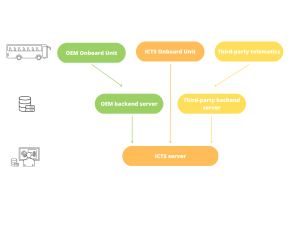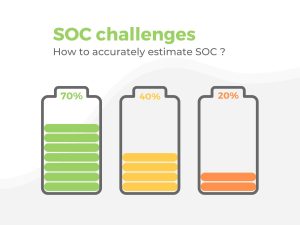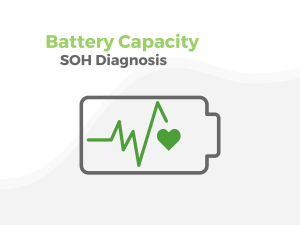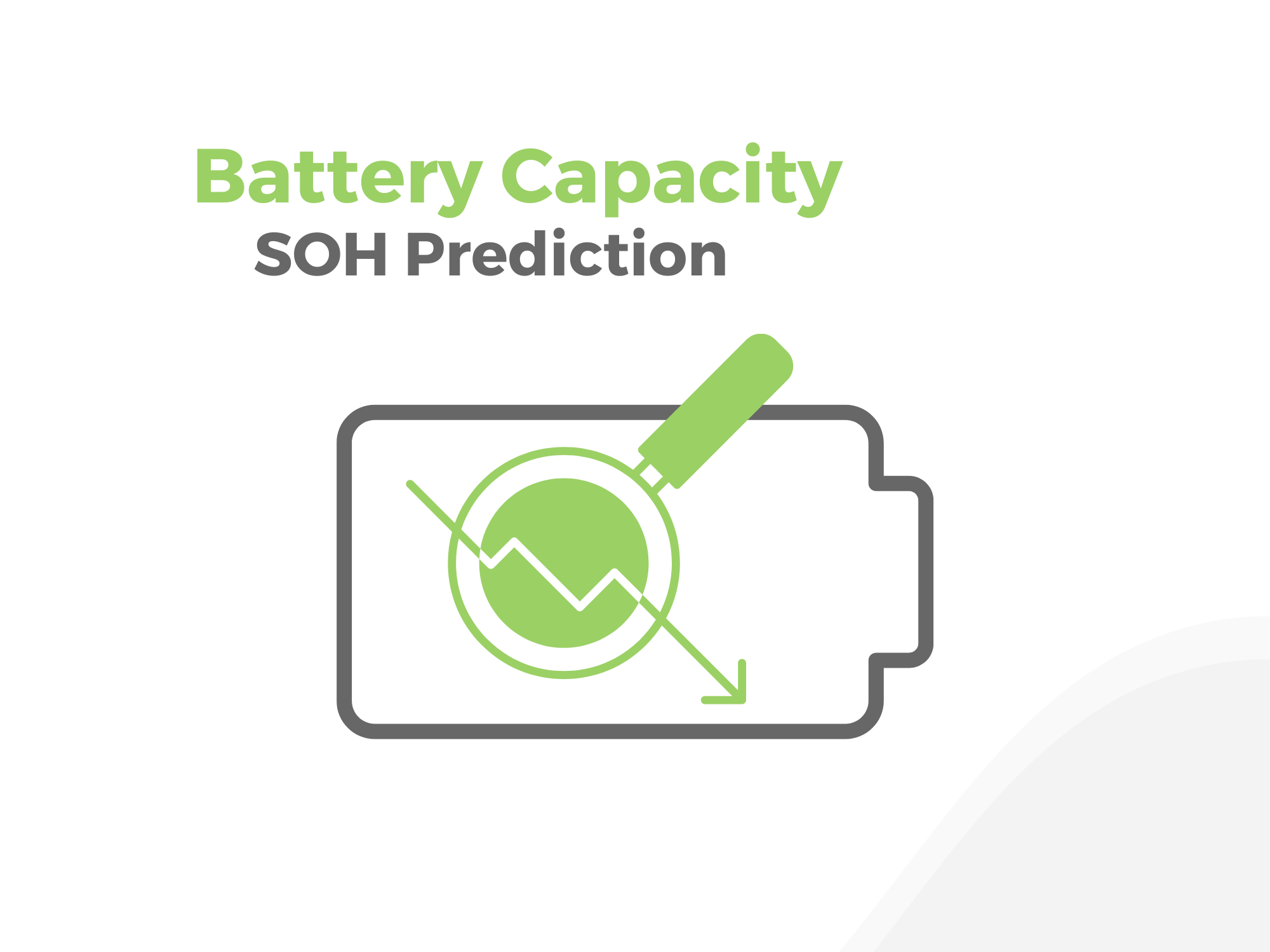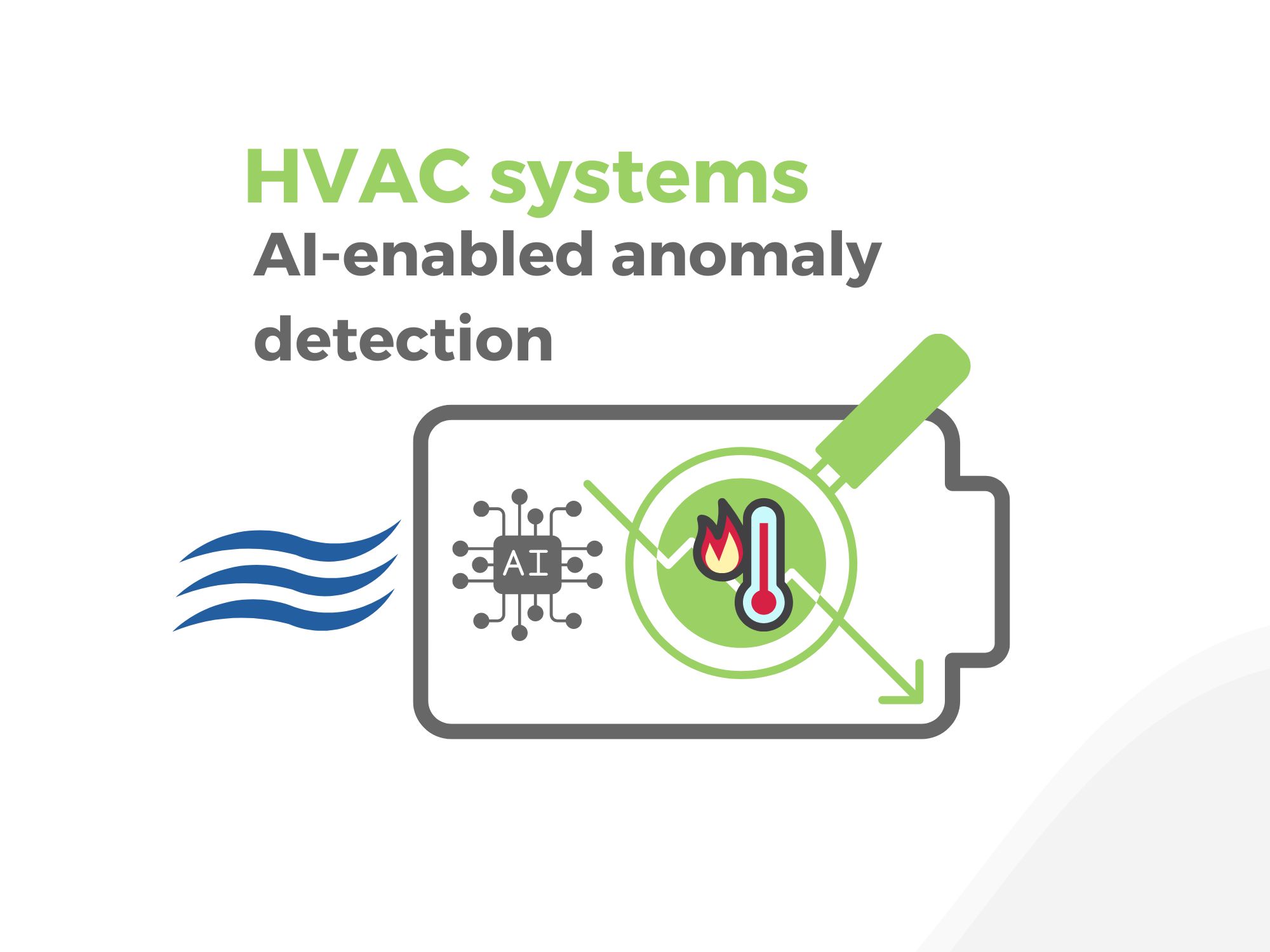As pressure to reduce greenhouse gas emissions intensifies across cities, electrifying bus fleets increasingly appear as an efficient and sustainable urban planning initiative. Beyond their reduced operational carbon footprint, electric buses are also acclaimed for their lower operating costs (savings on fuel and maintenance costs) and improved passenger comfort. They are thus on track to become essential to fleet managers in their transition to high-value low-carbon operations.
However, the scale is still not fully tipping towards electric buses, as one critical challenge remains to be solved: it is that of the limited driving range of electric buses compared to internal combustion engine (ICE) ones. A significant thorn in the side of fleet operators, whose model directly relies on optimized use of their assets.
Far from being a fatality, two strategies can be deployed at scale to overcome this limitation:
- Smart charging infrastructure, tailored to the use of the buses and fleet management stakes
- Close monitoring of the batteries state-of-charge (SOC) and performance overtime
Reading between the lines, implementing such strategies involves a holistic approach of battery data, as this is becoming the actual dry powder fuelling battery performance control strategy.
How to go from “black box” batteries embarked on buses, to actionable battery insights supporting improved performance reduced maintenance costs and optimized battery cycle
Data collection
The first hurdle comes from access to data, which is not always a given. There are three main scenarios that can help fleet operators collect data signals from a vehicle’s battery and deliver it to its Intermodal Transport Control System (ICTS):
- Some manufacturers have installed their own telematic system on the vehicle, which collects all relevant data from the vehicle sensors (including battery) and delivers it to a central service portal. The fleet operator then may retrieve the data using APIs for example, but this access is conditioned to the manufacturer’s agreement.
- In the absence of embedded telematics from the manufacturer, fleet operators may resort to third party providers: those can install an external telematics module in the vehicle to retrieve relevant data from vehicle interfaces (usually Controller Area Network – CAN – bus), that will send it to a sorting backend system. The data is then made available for fleet operators via interfaces like APIs.
- Finally, a third solution can consist in letting the fleet operator’s ITCS on-board unit (OBU) retrieve data directly from the vehicle interfaces and transfer it to the ITCS server, where further data processing can take place.
Figure 1. Telediagnostic system architecture.
Regardless of the scenario described above, it is recommended that interfaces for electric bus data collection and analysis be based on open standards, rather than proprietary implementations. As a fleet operator, this allows for greater flexibility and avoids vendor lock-in.
Amongst those recommended open standards is Telediagnostic for Intelligent Garage in Real-time (TiGR), that enables onboard systems of all vehicles of a given fleet equipped with it to communicate with backend IT systems in a standardized way, regardless of the system or vendor. This protocol is gaining momentum and has amongst others been endorsed by the ITxPT association, an association promoting interoperability of IT systems in public transport.
Learn more about TiGR protocol
Even if data can be accessed, one may however soon be faced with issues of data accuracy and completeness. This raises the question for clearly specified data requirements, so data points have the right span and granularity.
Data requirements
Given the complexity of the data collection chain (i.e., the three main approaches mentioned above), it becomes obvious that careful determination of the data specs requirements is crucial to limit complex back & forth or incomplete retrievals.
What would then be those must-have data points?
Voltage (U), current (I), and temperature (T) to start with, as those are at the cornerstone of every effective battery analytics approach. Minimum and maximum cell voltage and cell temperature are also key, as they allow the detection of cell imbalance-related anomalies.
Those parameters have a direct impact on battery performance and capacity loss. Having access to them specifically allows for early and accurate detection of anomalies, leaving wider room for preventive action. An example is the early detection of cell-imbalance that allows for higher chance of capacity regain (see battery degradation article): on the context of the eBus illustrated in Figure 2, a +5% gain could be reached on this 95.8 kWh battery pack, compared to higher capacity loss that was reported without sensible rebalancing.
Figure 2. eBus battery capacity loss with and without cell-balancing procedures
Parameters make for the entry key of analytics approach: with clearly identified parameters to access, it is then possible to feed advanced data-processing algorithms, that will turn raw data into intelligible, decision-prone insights.
Reach out to the team to get access to PowerUp full data requirements specifications
Data cleansing & processing
Once identified and made available, data still needs to be processed to become insightful. Here lies the most prominent challenge.
Data quality and data management is indeed challenged three ways:
- Firstly, the large volume of battery data generated by electric buses can be difficult to handle and analyze, especially given the limited storage and computing capacities of onboard units
- Moreover, data completion and reliability of Battery Management System (BMS) measurements need to be carefully considered as errors can occur
- Finally, communication failures on electric buses can create gaps in the times series collected by the BMS.
Hence, the field data (current (I), voltage (U), and temperature (T)), must go through a rigorous cleansing and check-up stage before being utilized for battery degradation and safety algorithms. More specifically, the battery’s raw operation data is filtered, standardized, and labelled. The process also includes checks & validation steps that identify measurement anomalies, eliminate abnormal data, and automatically fill data gaps based on battery usage profiles and behaviors. The result is a reliable and consistent dataset that can be used to fuel PowerUp’s degradation and safety algorithms.
Thanks to an effective cleansing & processing process, algorithms can run smoothly and with high level of reliability; performance issues can be pinpointed, and battery maintenance can be optimized accordingly, leading to:
- Reduced operation & maintenance costs and increase longevity of their electric bus fleets by minimizing downtime
- Battery hazards detected before fire incidents happen, those being highly detrimental to current & future business growth opportunities
That is the value that Battery Insight® cloud-based battery analytics strives to deliver.
All in all
Battery is an electric bus “engine”: as such, its performance has a tremendous impact on the overall economic equation of the fleet manager, as well as on day-to-day operations.
Close monitoring of the battery is therefore crucial, relying on field data to gain valuable insights on the battery (and fleet) performance.
To implement a valuable performance-oriented strategy, eBus operators and integrators should make sure to :
- Gain access to the right typology and level of data, leveraging telematics systems or onboard units’ providers
- Foster global IT communication standards that enable interoperability between different systems and vendors, to ensure homogenous data retrieval
- Resort to high-quality data cleansing processes (via battery analytics solution providers like Battery Insights®) to eliminate misleading and inconsistent datapoints and ensure that algorithms are fueled with the right level and quality of data.
